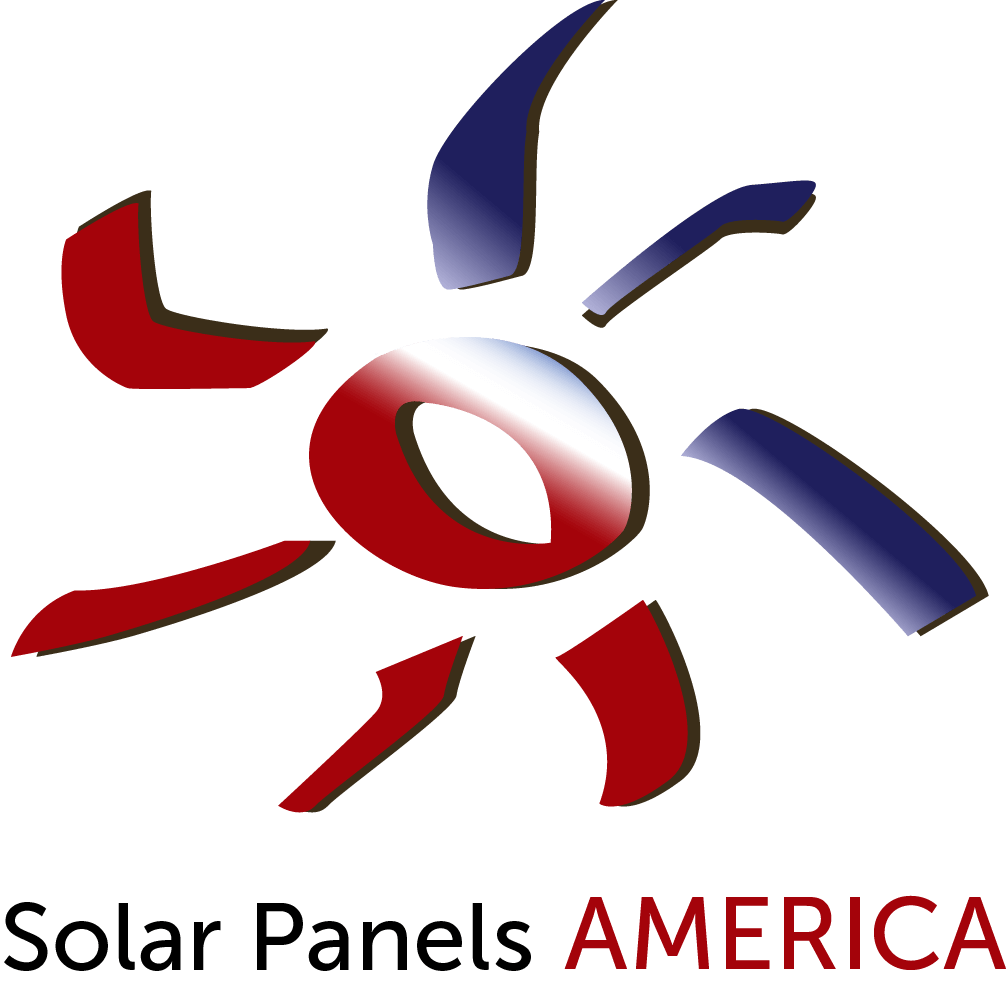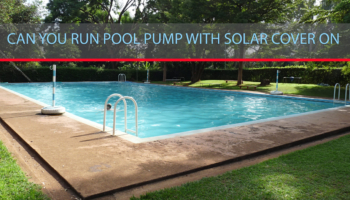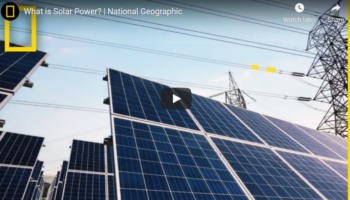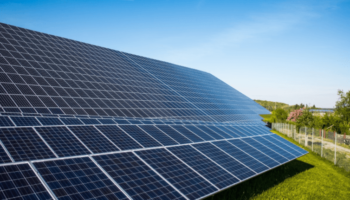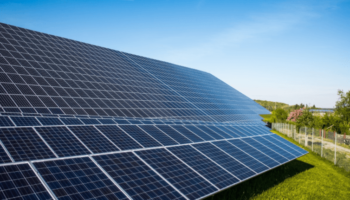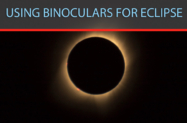
Using Binoculars For Eclipse – How To Properly And safely Use Binoculars For An Eclipse
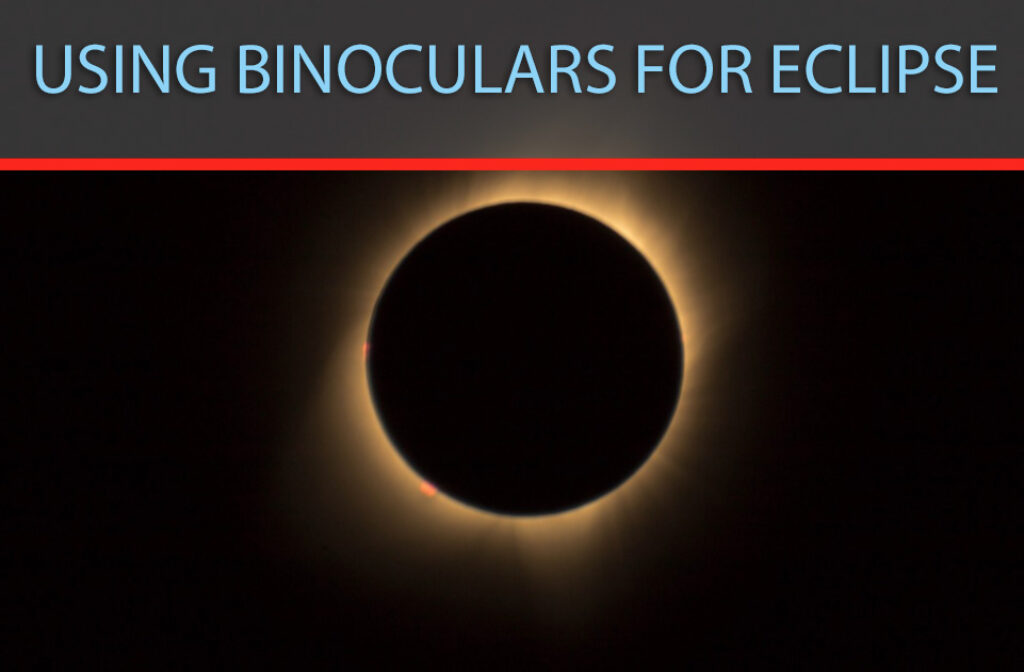
Using Binoculars For Eclipse – How To Properly/safely Use Binoculars For An Eclipse
Are you setting up a bucket of water to watch the solar eclipse? Remember to never look directly at the sun during a solar eclipse. Not even a pair of sunglasses will work. Seriously, you can hurt your eyes bad and even go blind.
You can use the very best compact binoculars to watch an eclipse.
BUT WAIT!
Before you jump out with your binos hanging off your neck, take a read at this. First of all, no, you should not use your binoculars to look directly at an eclipse. If a naked eye image can cause harm to your eyes, what do you think an amplified one will do?
Why is it so dangerous to look at a solar eclipse?
Well, technically, you should never look directly to the sun as it could damage your retina. During a solar eclipse, the sun is delivering more power than usual and is, therefore, more harmful to your retina.
Technically, it is ok to see when the sun is completely blocked by the moon. The problem is when the sun makes a reappearance. This amount of light will surprise you, striking your eye faster than what you can react to, causing damage to your retina.
During the solar eclipse, it is darker, so what is your pupil doing in a condition of low light?
It will dilate to gather as much light as possible. When the sun begins to reappear, the light coming from it will surprise you on a dilated pupil before you have time to react.
This explains the damage to the retina, which you should either be able to time it properly to remove your gaze on time or use some other method.
What about a lunar eclipse?
Not a problem, you are only looking at the moon at night which is quite safe. The shadow you see on the moon is actually caused by the Earth. You can pull out your binoculars and safely enjoy the show.
So, here are the things you should never use to try to use to look at a solar eclipse (This is from NASA, so you should listen):
- sunglasses of any kind
- X-ray film
- floppy disks (if you still have any of those sitting around)
- color film
- smoked glass
Using binoculars for eclipse
We can’t stress this enough but using your binoculars to directly look at a solar eclipse is a big no-no.
You should actually NEVER turn your binoculars towards the sun unless you want to risk irreversible damage to your retina. As for a lunar eclipse, that is a yes-can-do. But if you are a stargazer and love to magnify your celestial bodies, you definitely do not want to miss on the next eclipse. It’s not like it happens too often after all. But don’t worry, we have some tips on using binoculars for eclipse.
Now, let’s remember some quick basics of how binoculars work in order for you to better understand how you can use them to watch the eclipse.
Your binoculars are like two telescopes embedded together. The lenses and prisms magnify an image.
The aperture or diameter of the objective lenses determines the amount of light that the binoculars capture. In other words, the larger the diameter, the more light the binoculars will capture and the clearer the image. Now, this is the sun we are talking about, so a small aperture should be enough.
The exit pupil is the size of the image that is seen through the eyepiece. Now, this could be important for our eclipse watching since it will determine how clear our projected image will look. Once again, the difference in the size of the exit pupils is not really that important to establish that your results will be significantly poorer than if you had a bigger exit pupil.
It will be dark during the eclipse and most of the time, low-light conditions will affect the quality of a magnified image. However, we believe that the conditions of low light will not really have that much of an impact on the quality of the projection.
To this point, you probably have realized that what we are going to do is to actually use our binoculars as a projector.
Using binoculars for projecting eclipse
Using binoculars for eclipse – Let’s get down to the nitty gritty…
Setting up our binoculars for projection. As you can see, we will not be using our binoculars to look directly at the solar eclipse but instead, we will be using them as projectors.
Now, there are some important things to remember before we get down to building our “pinhole camera”:
In order to have a premium experience, you should have a tripod to securely fasten the binoculars. You do not want to accidentally knock your binoculars off during the event. It might take you ages to find the sun again. If you cannot have the “premium” experience of getting a tripod, then secure them using some tape or something similar. If you go this route, be sure to use enough tape to fasten them tightly.
Be ready. Don’t wait until the last moment to prepare your setup, especially if you do not have a tripod. An eclipse will only last about three minutes, but it is totally worth it.
Have your materials ready. Don’t try to run to the store at the last moment. Make sure you have everything you need handy next to you.
These are the materials you will be needing to prepare your setup, so make sure you have them ready with you:
- binoculars
- a tripod
- a piece of paper (this is where the image will be projected)
- piece of cardboard
- duct tape
- pencil
- box cutter
- aluminum foil
Once you have everything you need, it is time to get your setup ready. Follow these instructions on using binoculars for eclipse:
Lay a large piece of cardboard over a table and stand your binoculars with the objective lenses facing down.
With a pencil, trace a ring around the lenses and cut them out using the box cutter. This piece of cardboard will work as your sun shield for your projector.
Place your binoculars on a tripod and secure them with duct tape in order to prevent an accident during the event. Be generous.
Slot the cardboard shield you did on step 2 through your binoculars with the lenses sticking out.
Cover one of the lenses with aluminum foil as you really only need one of them to project your image.
To avoid any leak of light that might go through the cardboard, make sure you cover all of the holes with duct tape. Also, make sure the cardboard is tight against the binoculars to prevent light from escaping there.
Once your projector is ready, take it outside and place it on even ground.
Direct the binoculars towards the sun without using your eyes to look through the binoculars, not even with sunglasses on. Eclipse glasses are designed to look at a non-magnified sun, so even those could prove ineffectual. Remember that this is a magnified and focused image of the sun!
Place a piece of white paper behind the eyepiece. Try to place the paper in a position where you get a clear image of the sun-focus the binoculars until you get a sharp image. Just make sure that the image that comes from the eyepiece does not sit for too long on the paper as a magnified sun will cause the paper to burn.
You are now set for the most entertaining 3-ish minutes ever!
Using binoculars for a solar eclipse
Alright, so now that you know you are going to use your binoculars to actually project the solar eclipse, maybe there are some important warnings to consider. Take note in order to have the best experience.
First, and foremost, don’t you ever try to search for the sun by looking directly through the eyepiece. If you find it, it will hurt you and potentially cause blindness. Sunglasses or anything like that offer no protection. Yes, we have said a zillion times here, but you can never be too safe. There are no pain sensors in the eye, so you can bring permanent damage to your eye cells without you even feeling it or knowing about it.
Do not leave your binoculars unattended. A bypasser might want to check what is going on and just go and stick their eye to the binoculars. If you have children, never leave them alone with a pair of binoculars facing the sun. They can burn themselves or, even worse, also try to peek through the eyepiece.
Get a blanket or something to cover your binoculars while you wait for the eclipse. Overexposure to the scorching sun and magnified sunlight can bring damage to your binoculars. Or at least give them a cooling period from time to time. Otherwise, the elements in the lens may separate resulting in busted binoculars.
Don’t place any body parts between the eyepiece and the piece of paper you will be using to watch. You might get burned.
Watching a solar eclipse is an experience of a kind. As you already saw, setting up to watch it with your binos is not really that complicated. You just need to be safe and you will have a satisfying experience.
Resource: stayontrails.com
